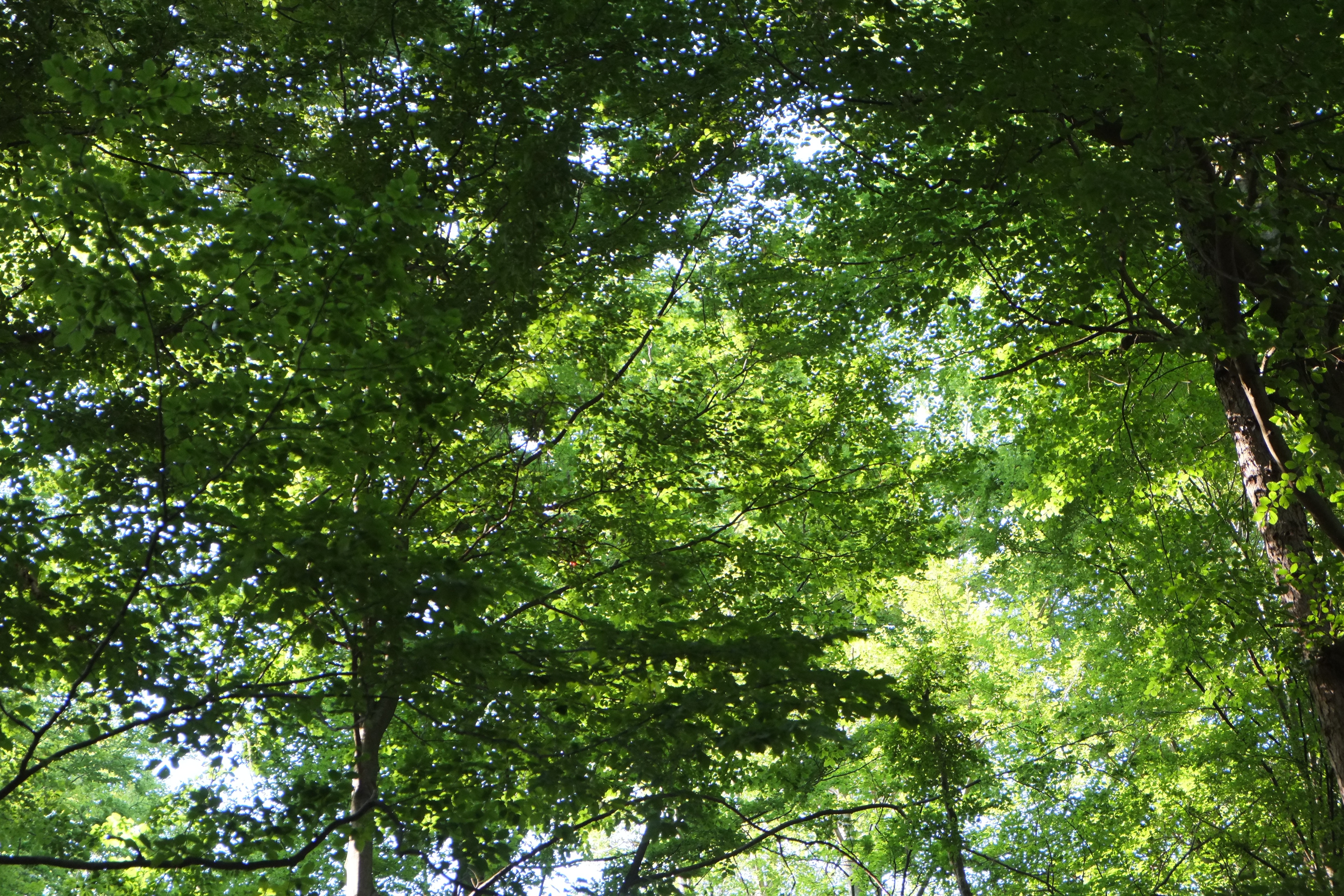What would have seemed obvious from the start — that lush green forests that cover the earth absorb the heat of the sun and thereby cool the earth — has now been confirmed by scientists.
The conventional wisdom has been that forests and trees were seen mostly as carbon stocks and carbon sinks, absorbing carbon dioxide in the environment emitted mostly from fossil fuel. Forests function like the lungs of the human body — they purify the air and exchange carbon for oxygen.
“Forest cover is a big contribution to carbon sequestration, and will help increase Asia Pacific’s contribution to tackling climate change,” says the United Nations Environment Programme (UNEP). Asia-Pacific’s forest cover has increased by 24 million hectares over 20 years, while the world’s forests diminished by 130 million hectares.
A new school of thought regarding the role of forests in the scheme of things, however, is being proposed as the world celebrated International Day of Forests (21 March) and World Water Day (22 March).
Expanding role of forests
Scientists are now saying that “the global conversation on trees, forests and climate needs to be turned on its head: the direct effects of trees on climate through rainfall and cooling may be more important than their well-studied capacity of storing carbon.”
This new school of thought was presented at the CGIAR Research Programme on Forests, Trees and Agroforestry (FTA) virtual symposium 21 and 22 March on the connection among forests, water and climate. The virtual symposium was held with live simultaneous conferences in Bogor (Indonesia) and Nairobi (Kenya).
The Consultative Group for International Agricultural Research (CGIAR) is a global partnership that unites organisations engaged in research for a food secure future.
Now scientists are calling for more attention on the relation between trees and water in climate change. Forests and trees, they stress, play a major role on water cycles and cooler temperatures, contributing to food security and climate change adaptation
The scientists presented their findings at the symposium in a research paper titled Trees, forests and water: Cool insights for a hot world. The paper compiles older knowledge and new research findings, summarising the important effects of trees on helping to retain water on the ground and to produce cooling moisture, which in turn, have a positive impact on food security and climate change adaptation
Opening the virtual symposium, FTA Director Vincent Gitz said: “The role of trees widens. This is very important in the context of the Paris Agreement which recognised that climate change is not only about mitigation but also about adaptation. The influence of trees on water cycles has important consequences on the global agenda for food security and climate change adaptation, at different scales. . . With trees, there is no trade-off between adaptation and mitigation, but a synergy.”
Study lead author David Ellison pointed out that “carbon sequestration is a co-benefit of the precipitation-recycling and cooling power of trees. As trees process and redistribute water, they simultaneously cool planetary surfaces . . . the direct relevance of trees and forests for protecting and intensifying the hydrologic cycle, associated cooling and the sharing of atmospheric moisture with downwind locations is beyond reasonable doubt”.
Up close and personal
To this layman, this finding is up close and personal. To start with, we were perplexed to note that scientists did not see the obvious early on—that forests indeed provide shade and, therefore, have a cooling effect on the environment. But why did they overlook this?
We sought an answer from a former dean of the College of Forestry and Natural Resources of the University of the Philippines Los Baños (UPLB), Rex Cruz, a watershed management expert. His explanation gave me an insight into how the minds of scientists work.
“Scientists were working on the macro-system or global model at first because of the ‘symptoms’ that they saw—global warming, more violent storms, changing seasons. The answer to why these phenomena, was boiled down to excessive carbon in the atmosphere, which can be minimised by carbon absorption by plants,” Cruz tells SciDev.Net.
“The cooling effect of forests, on the other hand, could be observed more easily in micro-systems like mountain areas with forests. When they studied this phenomenon on the micro-scale, they indeed noticed the cooling effect,” he continues
Cruz adds: “The cooling effect of forests is due mainly to the transpiration of trees and other plants and evaporation of moisture in the forests that use the heat in the area.”
Cruz holds office on the 4,244-hectare forest campus of UPLB where this writer has lived, off and on, for the past 35 years. The campus is located on the 1,090-metre Mt. Makiling
Indeed, we notice that the College of Forestry campus, starting at about 400 metres above sea level, is cooler on most days than the lower campus of the College of Agriculture and the town of Los Baños, where the university is located. This writer also observes that it rains more often in Los Baños which is the rainward side of Mt. Makiling. The local joke is that there is a hole in the sky above Mt. Makiling and that is why it rains very often here, like it is raining now as I write this column
The team of scientists that turned the global conversation on trees, forests and climate on its head has indeed demonstrated a good example of scientific synergy. They have shown the need for scientific disciplines to collaborate to solve the problems of our time, like climate change. Cool.
This article was originally published by SciDevNet under a CC-BY licence

Rate and Review
Rate this article
Review this article
Log into OpenLearn to leave reviews and join in the conversation.
Article reviews